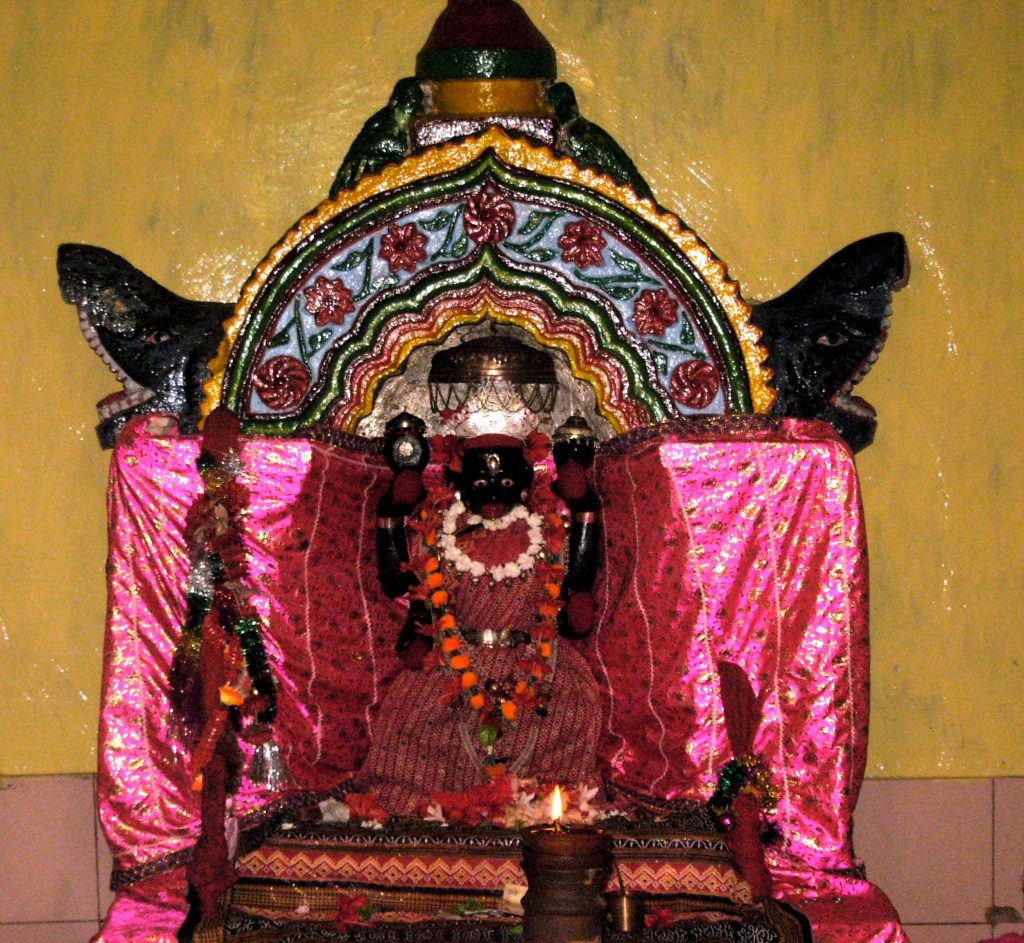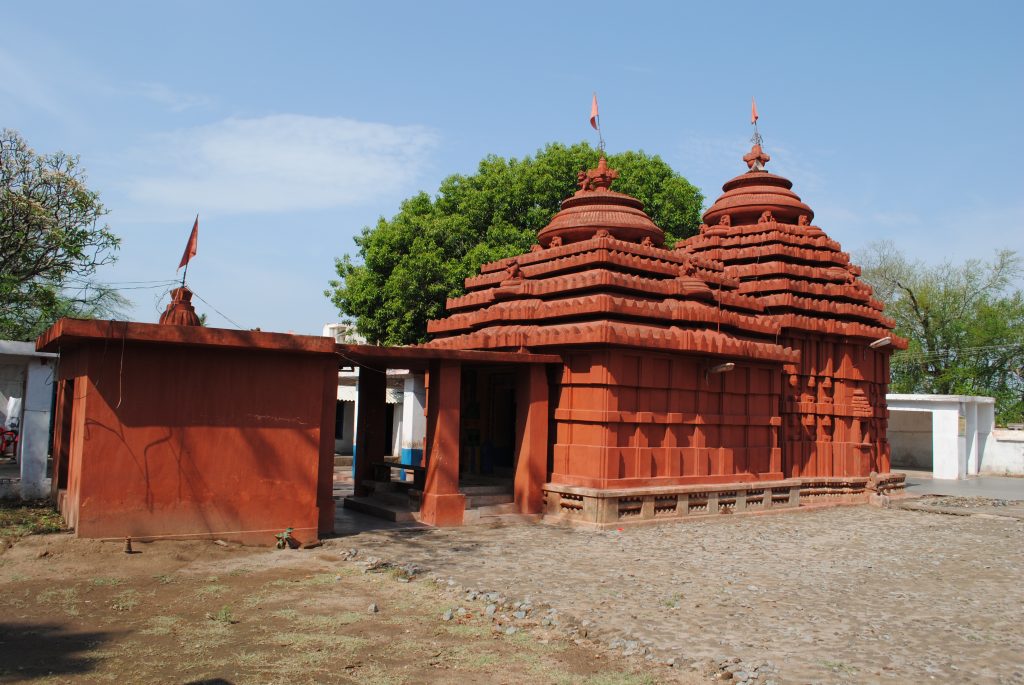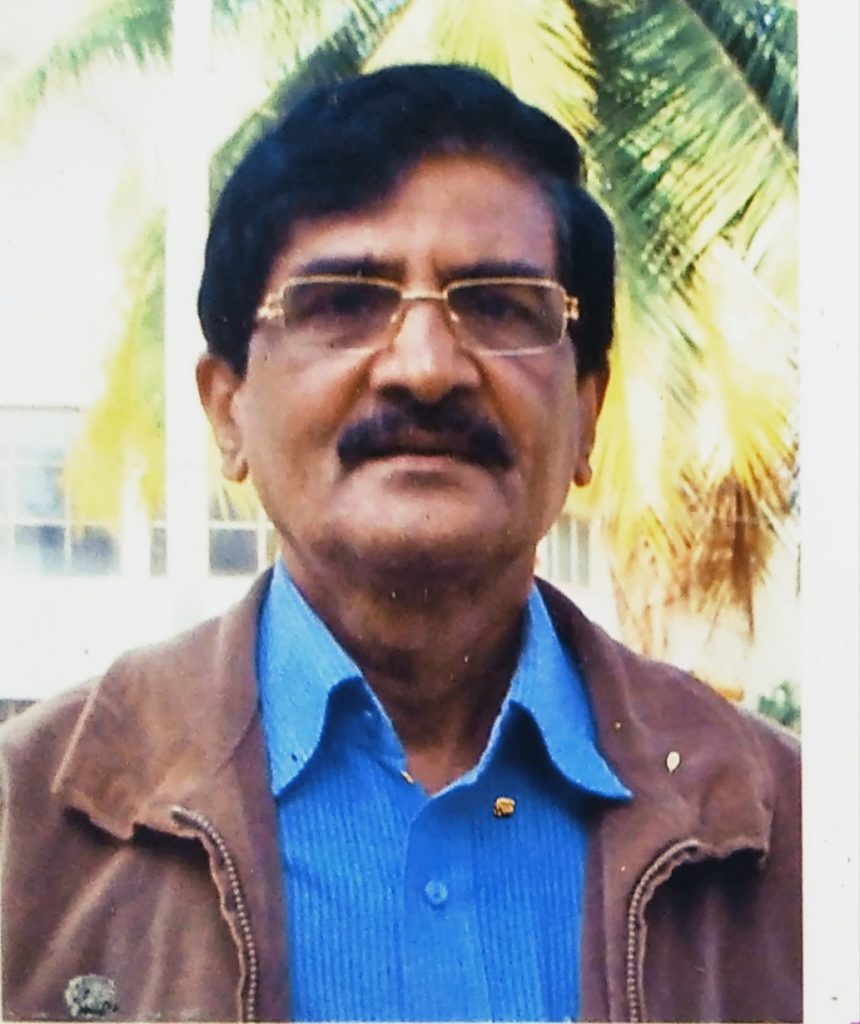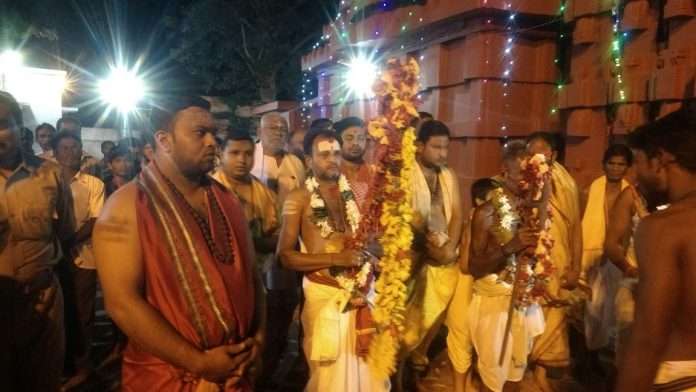Junagarh is one of the key historical sites on the right bank of Hati River in the Tel River valley and ruins of Kalachuri, Chindaka Naga, Ganga, and Naga dynasties of the medieval period lie scattered in and around Junagarh. Junagarh’s past glory is evidenced from the remnants of an encircling moat connected to River Hati, ruins of palace and habitations sites, several medieval period Saiva, Sakta, and Vaishnavite temples, several Bhairava images, Sati and Hero stones and tanks.
The important temples are Lankeswari, Ramswami, Balaji, Gopinath, Kanakadurga, Dadhibamana, Budharaja, Someswara etc. These temples are the works of Naga rulers. The ruins of the old palace of Ganga rulers are available in between Lankeswari temple, Rani Bandha, and Bankapada. The ruins of Naga palace can be traced in the old Junagarh area near the Kanaka Durga temple.
Several Bhairava images of different periods from 1st Century AD to 8th Century AD also lie scattered. As evidenced by stone inscriptions scholars believe that Bairava worship was earlier in Junagarh so far as Odisha is concerned. Different forms of Bhairava sculptures of different periods are lying scattered in a spot in the backside of the Block office known as Bhairava Gudi.
There is a two-line inscription in Pali Prakiti on the pedestal of a standing image of Batuka Bhairava. Scholars have assigned this inscription to the 1st century AD. There are also 2 more Bhairava images found in the same sight. Also, there is a fierce-looking 4 armed Bhairav image of 6 feet height lying under the open sky in Banka Paikapada.
There was also an inscription there which is now eroded. But the last alphabet of the inscription “Ra” is still visible. Scholars assign this inscription to the period of the 8th century AD. Junagarh is also treated as an important Bhairava worship center and from the inscriptions found in the Bhairava images the history of Junagarh safely goes back at least to 1st century AD.
Junagarh also known as Jenabali Patna is famous for its Chha kodi Bandha- Na kodi Tota i.e 120 tanks and 180 mango grooves in the past. There still exist many small and big tanks in and around Junagarh. According to the Darbar record and Kalahandi Gazetteer, the last Ganga governor ruling over Kalahandi was Jagannath Dev.
He had no male issue and his only daughter Surekha was given in marriage to RaghunathSai, a prince of the Naga house of Chota Nagpur. After him the son-in-law Raghunath Sai occupied the throne and the Naga dynasty rule over Kalahandi started in the year 1005 AD which continued till independence.
This year is however disputed considering the fact that Ganga rule continued beyond 1231 AD. and it is established from the Narala Shiva temple inscription. recorded by Madana Mahadeva (Raj Raj Deva son of Ganga emperor Chodaganga Deva) in Rama Vanan Rudra Samvatsara.
The date appears to be the 1153 Saka era or 1231 AD. Regarding the beginning of the Naga dynasty, there is a legend that says that when the Ganga king Jagannath Dev had been to Tirtha Yatra the son-in-law RaghunathSai taking advantage usurped the throne and started the Nagavamsi rule in Kalahandi.
Lankeswari is the presiding deity of the old capital Junagarh and treated by the general mass with veneration. It is a unique Sakta and Tantra centre and was a tutelary deity of different powers like Chindakanaga, Ganga and Naga dynasties. Many legends are associated with the deity.

According to one popular legend the Banka Paikas, a warrior community brought Lankeswari from the south by the order of the then King. Banka soldiers defeated the enemy and brought the deity to the capital city at Jenabalipatana beating martial band Ghumura.
This legend may be related to the period to the period when Gangas defeated Kalachuries to rescue the land of their friend Chindakanagas in Bastar area which was occupied by Kalachuries. Incidentally it was considered as honour for the victorious kings to bring the deities from subjugated territories to install in their capital.
The period of 10th to 12 th century AD was marked by great political disturbances in Trikalinga and South Koshala region due to continuous warfare between Soma Vansi, Kalachuri, Chindakanaga, Ganga dynasty due to competition among them to become Trikalingadhipati.
Large numbers of Sati and Hero stones in and around Jungarah is an indicator of long warfare. Deity Lankeswari is treated as a war goddess who was not only conferring victory and success on the battlefield but also participating in the war field as per traditional belief.
Considering the iconographic style scholars assigned the date of deity in 12th century AD. Lankeswari is four armed. She sits in Bajraprayanka posture on a lotus throne. She holds Sankha and Chakra in her upper left and right hands respectively and her lower right hand having Varada mudra and left hand in Abhaya Mudra with spread out tongue.
The image is carved in black chlorite stone measuring about 32” by 16”. Such iconic features assimilating Kali with Vishnu is only of its kind in Odisha. The deity is worshipped with Vanadurga Vija Mantra. In front of the deity outside the temple, there is a four-handed Kali image holding a sword and severed head in upper and lower left hands and skull cup and noose in upper and lower left hands respectively dancing over a corpse. Budharaja is the Bhairava and guardian deity.
As per tradition early days the vanquished kings were sacrificed and there were also other forms of human sacrifice. However these traditions are of the past and of forgotten chapters.

The most important festival of deity Lankeswari is Khandabasa on the night of Mulastami. After secret rituals and elaborate Puja the ceremonial swords of deity are placed by the Maharaja or representative of the royal family over two heaps of rice on both sides of the Altar.
People believe that if the sword stands straight the area will be free from natural calamities and in the event of tilting to any side, it indicates a bad omen. Khandabasa festival is the beginning of Saradiya Mahotsav in Kalahandi.
After shifting of the capital to Bhawanipatna during 1849-50 due to an outbreak of epidemic in fatal form, the deity Manikeswari became presiding deity of the royal family replacing Lankeswari, who was the ancient tutelary deity of the Naga dynasty. However ‘SHE’ continues to be a deity of masses, revered, adorned as well as feared by all sections of people. Incidentally, people hesitate to falsely swear in the name of Lankeswari even today.
(The views expressed are the writer’s own)

Uma Shankar Kar, A senior Journalist, and scholar.
Bhawanipatna , Kalahandi
You can reach him at: [email protected]

